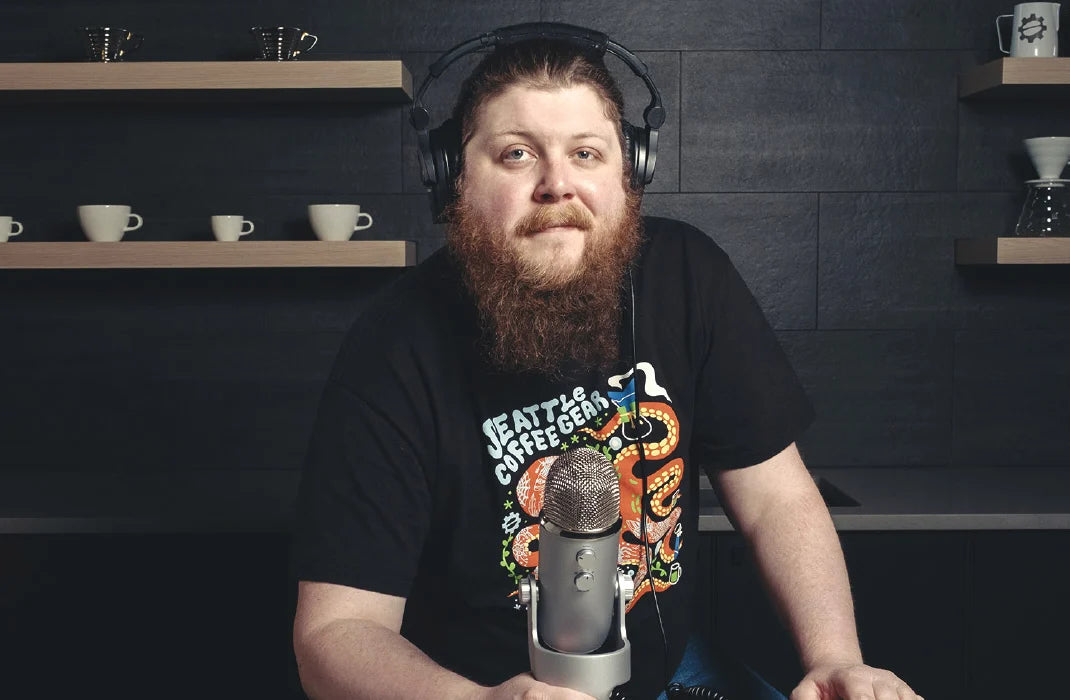For many years hopper fed espresso grinders were the only real option for at home espresso brewing. That doesn't mean that a single dose technique wasn't possible, but it was less ubiquitous and hopper fed grinding was simply the norm. But which of these two kinds of grinders is really better? We have the answer (sort of).
What Is Single Dose Grinding?
Before we go any further we should outline what single dose grinding is for those unfamiliar. You have probably seen a standard hopper based grinder where beans sit in the hopper all the time. There's nothing wrong with this approach, but swapping out beans can be a pain and if you don't drink coffee regularly enough to grind through the beans they could sit for a long time and lose their freshness. Further, it can be easier to get the precise amount of beans if you single dose.
To single dose, you simply weigh out the beans for your shot before you grind, then add those beans to the grinder and grind them all into your portafilter. This not only ensures accuracy, but allows you to store the beans in an airtight container rather than in the hopper. While this type of grinding is possible on a traditional hopper fed espresso grinder, many single dose grinders are hitting the market designed specifically for that more precise method.
What's the Difference Between Single Dose Grinders and Hopper Fed Grinders?
The most obvious difference between a single dose grinder and a hopper fed grinder is the hopper size itself. While single dose grinders do usually have a small hopper to pour your beans into, they are not designed to hold coffee in between grind sessions. There are some other major things to consider beyond this though.
First, there's the dosing methods. Because you always grind through the complete dose on a single dose grinder they will typically just have an on off switch (or an on switch with an auto-stop). Hopper fed grinders usually have some sort of time or weight based dosing method that you can dial in to get your shot.
The other potential difference is techniques used to limit retention of grounds in the grind chamber. Single dose grinders typically use some kind of technique to limit the retained grounds in the grinder, such as bellows or a tilted base. Hopper fed grinders don't need these as much as a bit of retention doesn't have a major effect on usage.
Which Option is Better for Me?
The answer to this question is the one we often provide - it just depends! For some users, single dosing will give you the flexibility to try different coffees and grind just what you need, as well as allow you to keep your coffee fresher. The downside here is that there is a bit more work when you single dose, as you'll really want to weigh out the beans ahead of grinding them, and weigh your portafilter to make sure the stray grounds aren't too detrimental to your final dose. Most single dose grinders also don't grind well into a portafilter, and are designed to grind into a dosing cup that you then transfer the grounds from into your portafilter.
Hopper grinders, on the other hand, are much simpler to use. You just pour your beans in and away you go. The downside here is the inverse of the upsides from a single dose grinder, as well as the potential for a bit more waste. Beans always end up partially or mostly ground in the grind chamber between uses, which will get stale at a faster rate than the beans in the hopper. This means that unless you're grinding shots back to back, you'll want to purge the grind chamber and dispose of the grounds before dosing for your shot. It's not a lot of coffee to waste, but it's something to keep in mind.
One middle ground you can take is to get a hopper fed grinder but single dose into it. You may end up with some extra retention, but this can be a great way to see if the technique fits your workflow. Ultimately, if you enjoy the process of carefully crafting your shot and don't brew too many of them throughout the day then single dosing might be a good way to cut down on waste and improve your technique. This is also a great method if you like to keep a few different coffees on hand. On the other hand, if you brew a few shots per day and don't worry about your beans getting stale then a hopper fed grinder might be the best method for you.
Get some more tips from John in our video below, and let us know what method you prefer in the comments!


